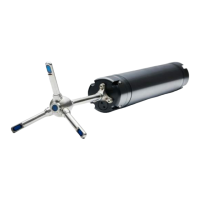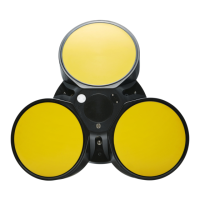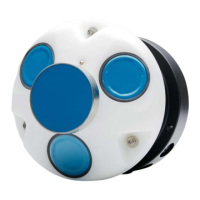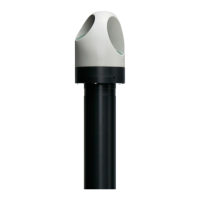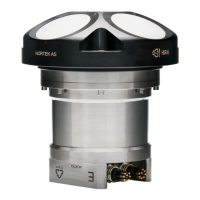How to fix grounding problems in Nortek Vectrino?
- RRoger TaylorJul 25, 2025
Grounding issues often arise near man-made structures but are less common in open field environments. To mitigate these problems, try coiling your power and data cables tightly and elevating them off the floor, for example, by placing them on a chair. Alternatively, using batteries to power the internal recorder can eliminate potential grounding problems, even indoors.



